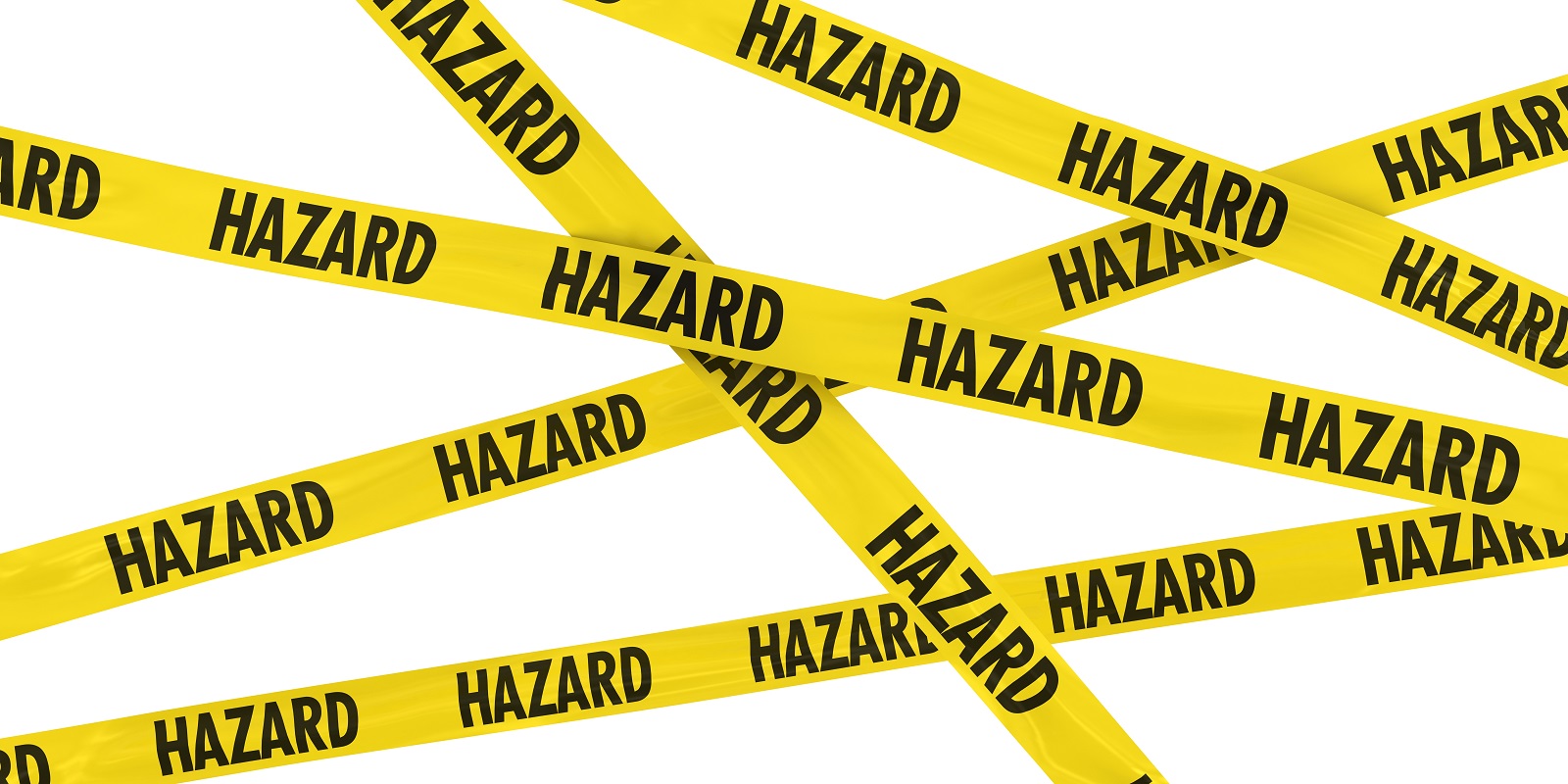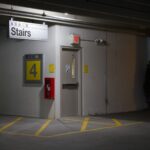To start the new year off on the right foot, I’ve cleaned my closets, matched all of my family’s socks, (almost) emptied my inbox, and made a list of the tough topics that need to be addressed on iDigHardware and/or in a Decoded article. Earlier this week I shared my article on SCIF doors, which was one of those subjects that I really needed to take some time to understand and explain. It’s much easier when I can just write down something that I already know, but eventually I will have shared everything that’s already in my head. So it’s time to tackle the tough questions.
I have been asked about electrified hardware for hazardous locations many times. These requests often come through when access control is needed for a door serving a Class II, Division 1 area, for example. Classes I, II, and III are covered in NFPA 70 – National Electrical Code, in Chapter 5 – Special Occupancies. The original sources of this information are the NFPA standards related to the classification of flammable liquids, gases, vapors, and dusts – NFPA 497 and NFPA 499.
Chapter 5 goes into great detail regarding the classifications of these hazardous locations, based on the flammable gas, vapor, dust, or fiber that could be present, and the typical concentration of those materials.
- Class I – Flammable gases or vapors may be present.
- Class II – Combustible dust may be present.
- Class III – Easily ignitable fibers or flyings may be present.
Each class has two divisions:
- Division 1 – These hazards exist in ignitable concentrations under normal operating conditions and/or during frequent maintenance or repair work or equipment failure.
- Division 2 – These hazards exit in ignitable concentrations under abnormal operating conditions.
The connection I’m having a hard time making is between these classifications and the requirements for access control devices used on the doors leading to (or within) those areas. I will have some information from UL shortly and hopefully that will help to clarify this, but in the meantime I’m looking for someone with expertise on these applications. I know that in some cases, pneumatic devices like the Von Duprin pneumatic latch retraction device (PN) are used, but I’d like to have a better understanding of the requirements.
Are you an electrical expert?? I’d love some help with this!
Note: There is a lot of good information about the NEC requirements in this booklet from Stahl, this one from Allen-Bradley, or this page from Grainger.
You need to login or register to bookmark/favorite this content.






Looking forward to the responses from your vast pool of expertise!
I love that you are doing as I call the mini codes. They drive me nuts. Not only do you have NFPA70 but you have more under 70e they can conflict with what you covered under Elevators you covered a few weeks ago and ASME A17.1.2010
You have like you covered under SCIF so many little standards. I keep a 3 page notes file for the little odd ones Like FDIC for money, Department of energy and NRC for nuclear. DEA for controlled drugs. Just about every part of the government’s alphabet soup has something to say about door hardware at some point.
Keep up the great work and I am sure that head of yours is a long way from not having more to share.
What electrified hardware can be used in a hazardous location is a good question. In my past life as a general contractor, I know that anything installed inside the hazardous area where combustibles are stored must be labeled for use in this area. I would assume that any electrical hardware must also be labeled this way as well. There some access control components that are rated for use in explosion areas but not many.
Our group have not been involved with combustible hazard locations needing access control. The hazardous locations we have designed for access control have been for corrosive area and a spark to ignite was not the issue.